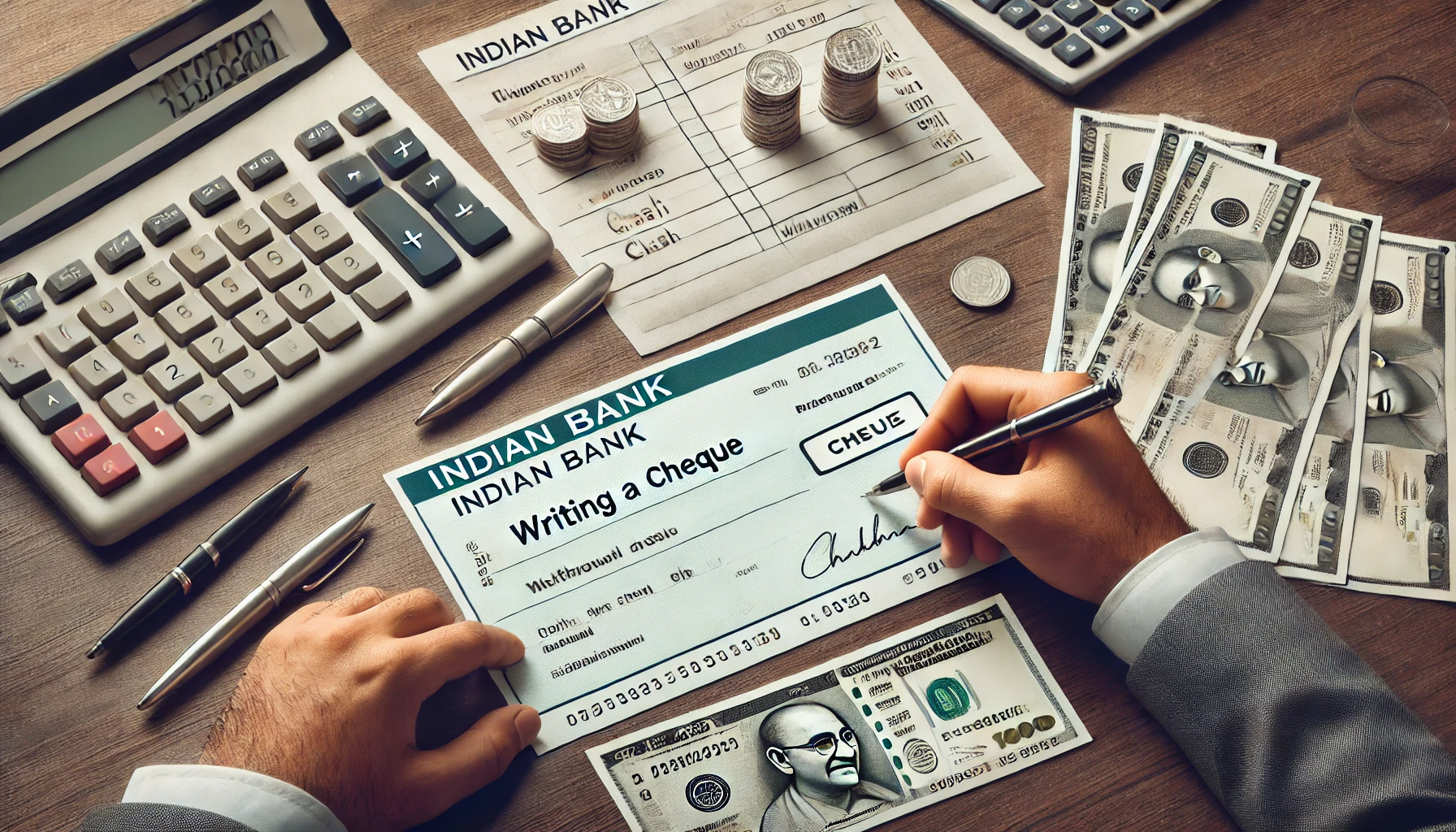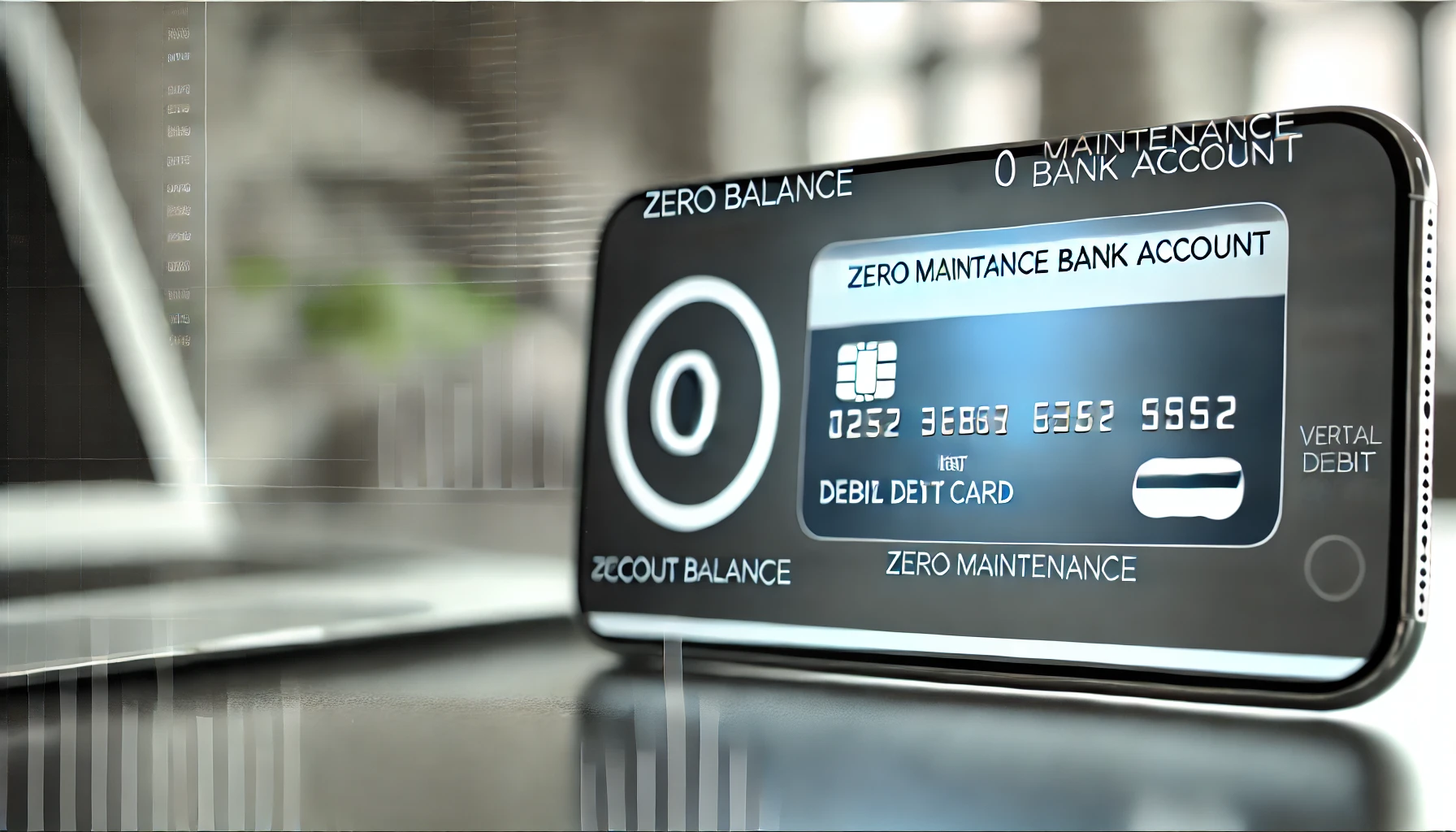Cheques are a traditional yet effective way to withdraw money from your bank account. Whether it’s for personal use or a business transaction, knowing the limits and procedures of withdrawing money via cheque can save you from unnecessary complications. In this blog, we will cover everything about cheque withdrawals in India, including the self cheque withdrawal limit, the validity of withdrawal slips, and more.
1. How Much Amount Can Be Withdrawn from a Cheque?
One of the most common questions is, “How much amount can be withdrawn from a cheque?” In India, there is no specific upper limit imposed by banks for cheque withdrawals. However, withdrawing a large sum—especially if it exceeds ₹10 lakh—may attract scrutiny from banks and regulatory authorities like the Income Tax Department. Therefore, although you can technically withdraw large amounts via cheque, you may be required to justify the transaction to ensure it is legitimate.
- Personal Account: You can withdraw up to the available balance in your account, but large amounts may be reported.
- Business Account: Similar rules apply to business accounts, though these accounts often have higher withdrawal limits and scrutiny.
2. Can I Withdraw ₹10 Lakh Cash from the Bank?
The simple answer to this question is yes, but it comes with certain restrictions. Banks and regulatory authorities closely monitor large cash withdrawals to prevent money laundering and tax evasion.
- Withdrawal above ₹2 lakh: Any cash withdrawal exceeding ₹2 lakh in a single day may attract reporting under the Income Tax Act, 1961.
- PAN Requirement: For withdrawing large amounts, such as ₹10 lakh, you may be required to submit your PAN (Permanent Account Number) and explain the source and purpose of the funds.
- Bank’s Discretion: Banks may also require you to give prior notice for large withdrawals so they can ensure adequate cash availability at the branch.
3. Self Cheque Withdrawal Limit
A self cheque is a cheque written by the account holder to themselves to withdraw cash. The self cheque withdrawal limit varies depending on the bank, the account type, and the location of the branch.
- Normal Transactions: For smaller amounts, like ₹50,000 to ₹1 lakh, self cheque withdrawals are typically processed without issue.
- Large Transactions: For amounts above ₹2 lakh, banks may ask for additional documents and proof to ensure the transaction is genuine. Banks may also impose a daily cap on large withdrawals for self cheques.
4. How to Withdraw Money Through Cheque for Self
The process of withdrawing money for yourself via cheque is straightforward. Here are the steps:
- Step 1: Write a cheque to “Self” as the payee.
- Step 2: Enter the amount in both numbers and words.
- Step 3: Sign the cheque as you would normally.
- Step 4: Visit your bank branch and present the cheque at the teller counter along with valid identification, such as your Aadhaar card or PAN card.
- Step 5: Once the bank verifies the cheque and your ID, they will hand over the requested cash amount.
5. What is the Validity Period of a Withdrawal Slip?
A withdrawal slip is used when you want to withdraw cash from your account without using a cheque. While cheques have a validity period of 3 months, withdrawal slips are valid only for the day they are issued.
- Issued by Banks: Withdrawal slips can be obtained directly from the bank, and they must be filled out at the bank counter.
- One-Time Use: These slips are generally valid only for the day they are presented, and they cannot be reused or predated for future use.
6. Withdrawal Slip Limit
The withdrawal slip limit varies depending on the bank’s internal policies. Many banks impose a withdrawal limit of ₹50,000 using a withdrawal slip in a single day.
- ID Requirement: Similar to large cheque withdrawals, for amounts over ₹50,000 using a withdrawal slip, you may be required to present valid identification.
- Limited Functionality: Withdrawal slips are often used for smaller, day-to-day transactions, and some banks may not allow their use for large sums of money.
7. Withdrawal Limits for Cheques
The amount you can withdraw through a cheque may vary depending on several factors:
- Account Type: Personal accounts often have lower withdrawal limits compared to business or current accounts.
- Bank Branch: Some banks may set specific limits for cheque withdrawals at their branches, especially in rural or remote areas.
- Daily Limit: Some banks impose a daily cap on the total amount you can withdraw from your account using cheques or other instruments.
8. Zero Balance Accounts and Withdrawal Limits
For those who hold zero balance accounts, banks often impose stricter withdrawal limits to ensure compliance with the account’s intended use. For example:
- Maximum Withdrawal: Some zero balance accounts may cap the daily withdrawal limit at ₹50,000 or ₹1 lakh, depending on the bank’s policy.
- Verification Process: Withdrawal of larger sums may trigger a verification process to ensure the legitimacy of the transaction.
9. Withdrawal of Cash from Current Accounts
For business owners and professionals, current accounts provide more flexibility when withdrawing large sums. While the withdrawal limits for cheques are higher for current accounts, they are still subject to regulatory scrutiny for amounts exceeding ₹10 lakh.
- Tax Reporting: Businesses withdrawing large amounts, such as ₹10 lakh, will likely need to report the transaction for tax purposes.
10. Can I Withdraw Large Sums without a Cheque?
If you do not wish to use a cheque, you can withdraw large sums using a withdrawal slip or directly from the bank’s counter. However, these methods are generally less preferred for large sums due to limitations on the amount.
- Documents Required: For withdrawing large amounts without a cheque, you will need to provide additional documentation, including identity proof and details of the transaction.
11. Conclusion
Cheque withdrawals remain a convenient and effective way to access your funds, but understanding the limits and regulations is crucial, especially when dealing with large sums. Whether you’re withdrawing cash for personal or business purposes, it’s important to stay informed about the self cheque withdrawal limit, the withdrawal slip limit, and how much you can withdraw without facing scrutiny from the bank or regulatory authorities.
If you’re planning to withdraw a significant amount, such as ₹10 lakh, it’s always wise to notify your bank in advance and ensure you have all the required documentation. By following these best practices, you can ensure smooth and hassle-free transactions.

How much amount can be withdrawn from cheque
Cheques are a traditional yet effective way to withdraw money from your bank account. Whether …

Can I Get an ATM Card Before 18? A Comprehensive Guide
In today’s digital age, financial literacy and access to banking services are increasingly important for …

Zero Maintenance Bank Account: The Ultimate Guide
In today’s fast-paced world, people want banking solutions that offer convenience without unnecessary charges. One …

How to Convert a Salary Account to a Savings Account: A Step-by-Step Guide
A salary account is typically provided by your employer to deposit monthly salaries. It often …


















